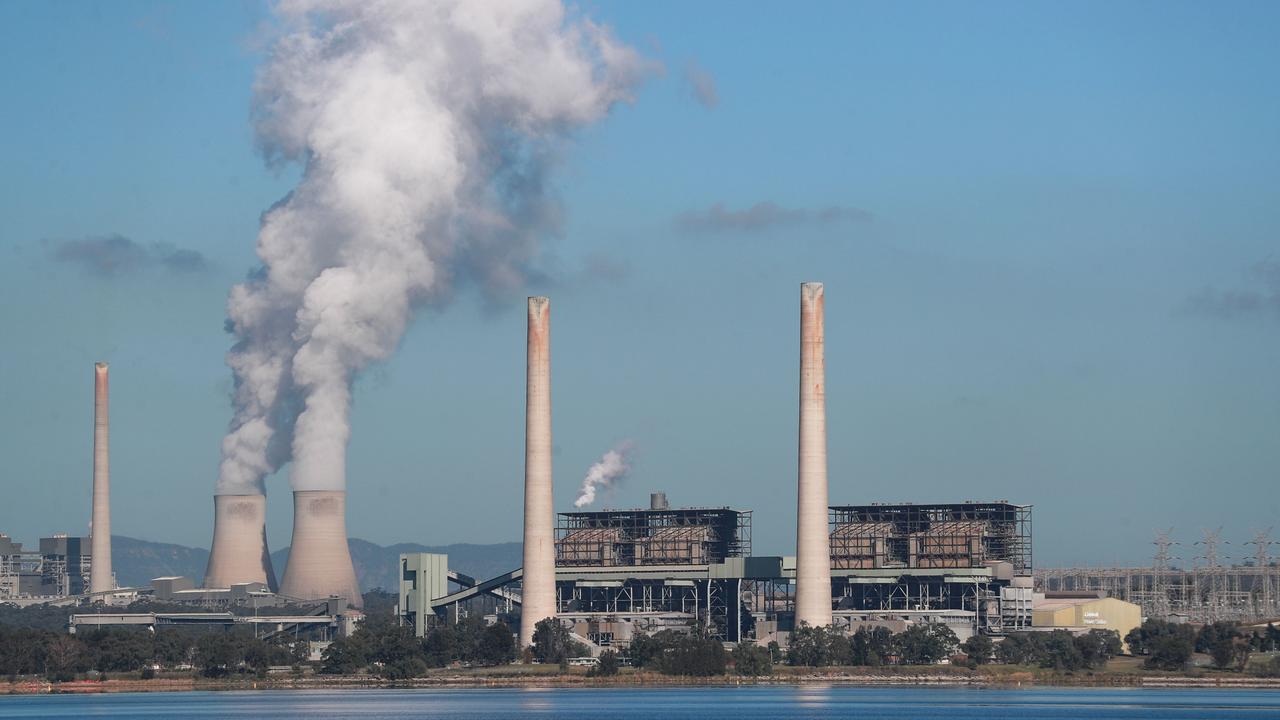Would injecting ice into atmosphere help cool the planet?
US scientists are studying whether we could cool the planet to counteract global warming by injecting ice into the atmosphere, as Australia swelters into autumn on the other side of the globe

READING LEVEL: ORANGE
Scientists in the US have come up with an unusual idea for how to tackle global warming – cool the Earth by injecting ice into the upper atmosphere to make it drier.
Water vapour — water in its gas form — is a natural greenhouse gas that traps heat, just like carbon dioxide from burning coal, oil and gas.
Researchers at the National Oceanic and Atmospheric Administration (NOAA) and NASA believe that if they add ice up high in the air it could dry out the upper atmosphere and reduce its ability to trap human-caused warmth.
So far, it’s just an early idea that scientists could add to their “last-ditch toolbox” against climate change, said NOAA physicist Dr Joshua Schwarz, lead author of the study published in scientific journal Science Advances.
“This is about exploring what might be possible in the future and identifying research directions,” he said, explaining scientists didn’t have the technology to put the idea into practice yet.

The approach is one of a few proposed by scientists that aim to reduce the impact of climate change by tinkering with the world’s atmosphere or oceans – a practice known as geoengineering.
The way it could possibly work is that hi-tech planes could inject ice particles about 17km high, which is just below the stratosphere, where the air slowly rises.
The researchers believe that the ice and cold air would rise to where it’s coldest, making the water vapour turn to ice and fall, drying out the stratosphere in the process.
Injecting two tonnes of ice per week could reduce global heating by about five per cent of the overall warming caused by fossil fuels and shouldn’t be used instead of cutting pollution, Dr Schwarz said.
He added that researchers were unsure how they would inject the ice and whether or not the practice could cause side-effects.

AUSTRALIA SWELTERS ON THE EVE OF AUTUMN
The concept comes as Australia sees out summer with scorching temperatures in multiple states.
Temperatures above 30 degrees Celsius have been forecast for Sydney on the eve of autumn, while western Sydney is expected to experience temperatures above 40.
The Bureau of Meteorology has issued severe heatwave warnings for much of New South Wales and high fire ratings have also been issued.
In Queensland, Brisbane has been predicted to break an all-time record for the longest stretch of hot nights, with overnight temperatures not yet dropping below 20C in 2024.
Tuesday was the 59th night in a row where the temperature stayed above 20C, with high night-time temperatures forecast to stay for the rest of the week. The last time Brisbane sweated through 59 hot nights was in 1978.

Senior meteorologist Pieter Claassen said the current forecast meant Brisbane was likely to beat the 1978 heat record before experiencing a cool change on the weekend.
Soaring temperatures have led to several bushfires in Victoria, with a blaze burning outside Dereel near the regional city of Ballarat now brought under control.
Northwestern Victoria and nearby parts of NSW and SA had been forecast to see temperatures as high as 45 degrees on Wednesday, while the mercury in Melbourne was expected to hit 37C.
POLL
GLOSSARY
- stratosphere: the second layer of earth’s atmosphere as you go up, starting at about 10km above ground level
- mercury: the element used in thermometers to measure heat
EXTRA READING
VIC fires: latest school closure list
Bird flu strikes mainland Antarctica
Extreme heat warning for school return
QUICK QUIZ
1. What is geoengineering?
2. Where are scientists thinking of injecting ice?
3. What heat record is Brisbane likely to soon break?
4. What is the forecast for Sydney on the eve of Autumn?
5. How hot was Melbourne forecast to get on Wednesday?
LISTEN TO THIS STORY
CLASSROOM ACTIVITIES
1. What are the side-effects?
Researchers are not sure if injecting ice into the upper atmosphere could create side-effects. What do you think the possible side-effects could be? Write them down. Use information in the story and maybe your research skills to help you.
Time: allow at least 20 minutes to complete this activity
Curriculum Links: English, Science, Geography
2. Extension
What kinds of technologies do you think would be needed to make this idea a reality? Use your imagination and information in the story to write a description or create a design.
Time: allow at least 20 minutes to complete this activity
Curriculum Links: English, Design and Technologies, Science
VCOP ACTIVITY
Summarise the article
A summary can be a really good way to grab the main idea plus some key points in the article as a highlight. Think of the summary like a little advertisement or extract you could use to encourage people to read the article in detail. You want to give them an overview of the article that includes the main idea (being able to tell the audience what the article is about in one sentence), plus a few of the key points of the information.
Remember to re-read your summary to check that it is clear, concise and makes sense to the audience who haven’t read the article yet. You need to make language choices that allow you to explain the information in only a few sentences.

